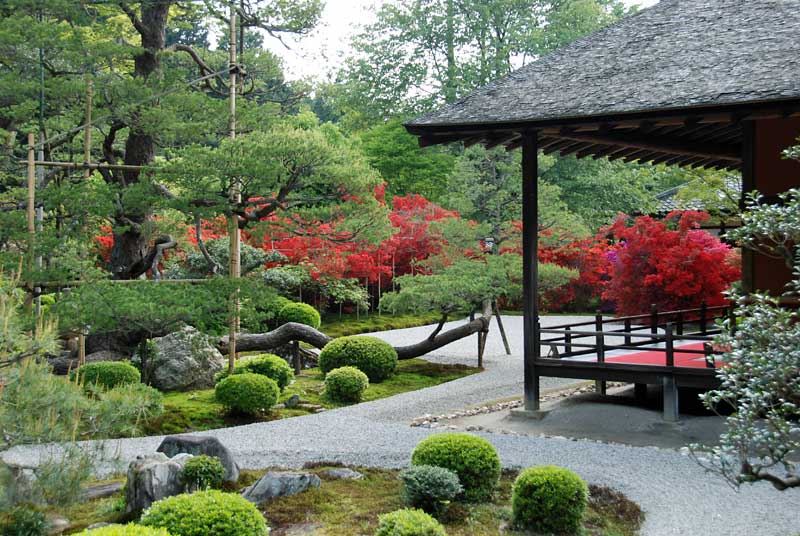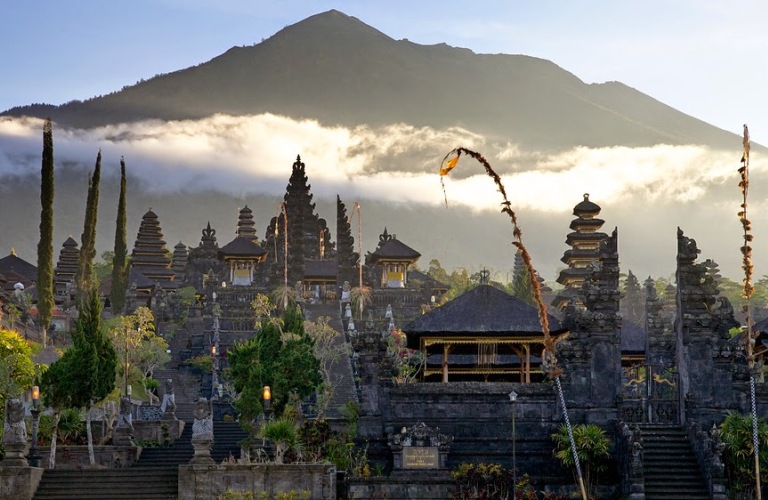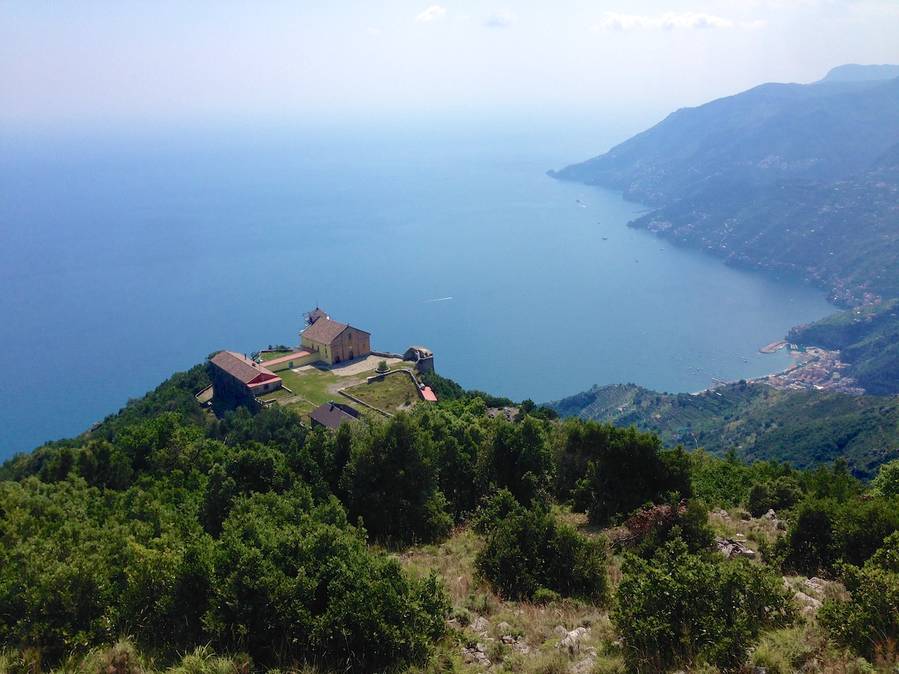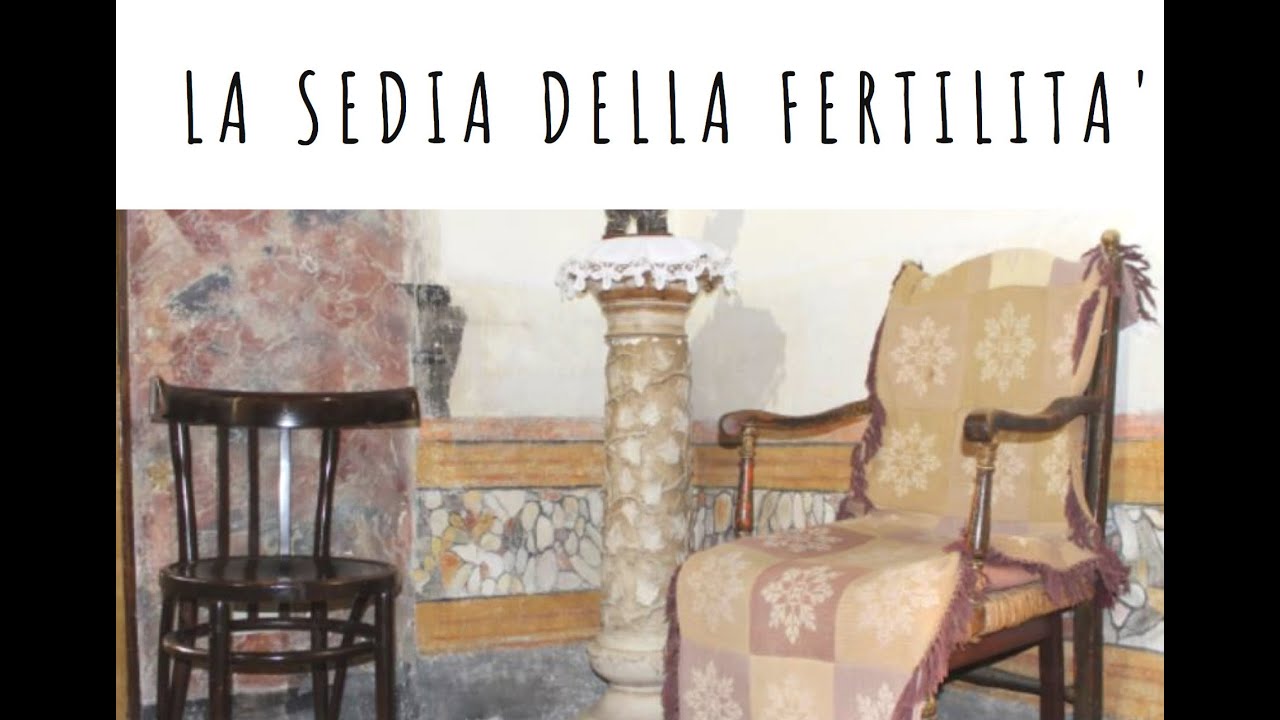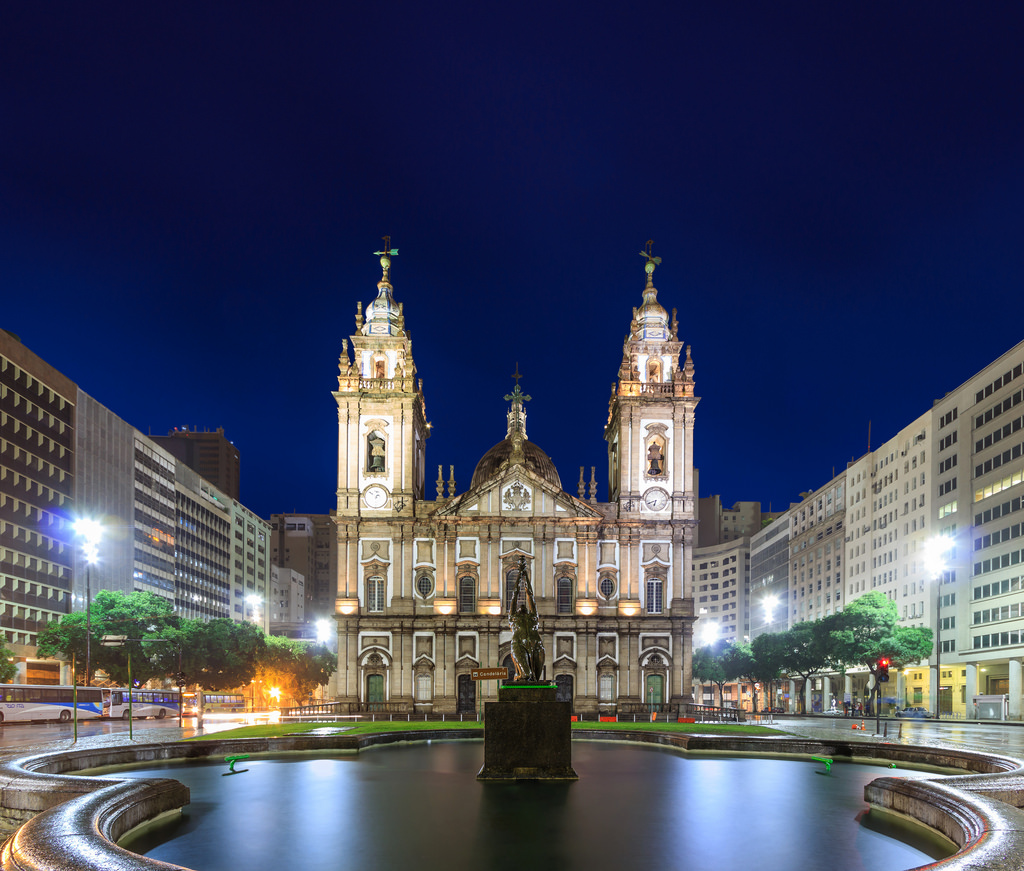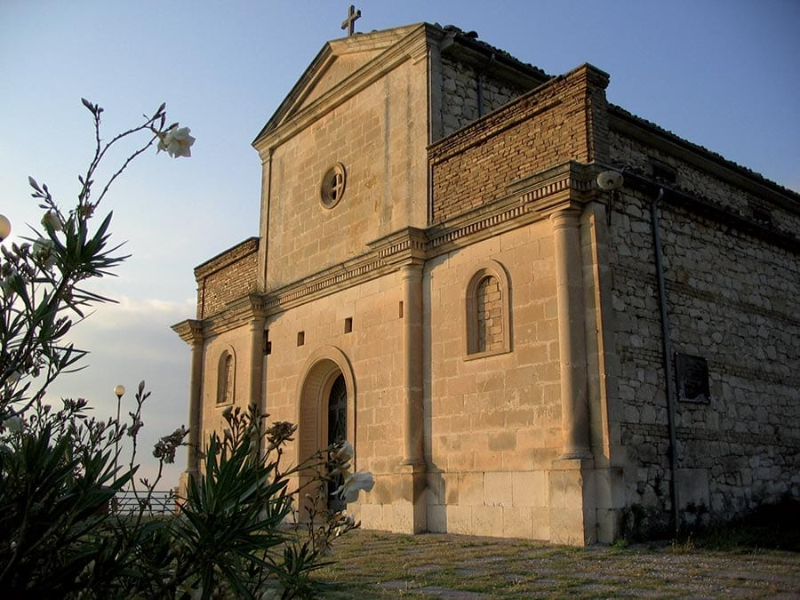Manshuin is a temple of the Tendai sect of Japanese Buddhism that was established in the 8th century by the revered monk Saicho, the sect’s founder. It is located in the Shugakuin area, just one kilometer from the Shugakuin Imperial Villa northeast of Kyoto’s city center. The temple is a so called monzeki temple, indicating that it used to be headed by priests of imperial or aristocratic lineage in the past.
The temple contains several rooms that are considered outstanding examples of Shoin architecture, a style of architecture and interior design that developed during the Muromachi Period (1333-1573). The rooms are characterized by tatami mat covered floors, removable sliding doors (fusuma) and elements such as a study desk, staggered shelves and an alcove (tokonoma). Manshuin temple is also known for the paintings by leading artists that decorate the sliding doors (fusuma) and folding screens (byobu) in its various rooms.The temple’s garden is a nice representation of karesansui.
